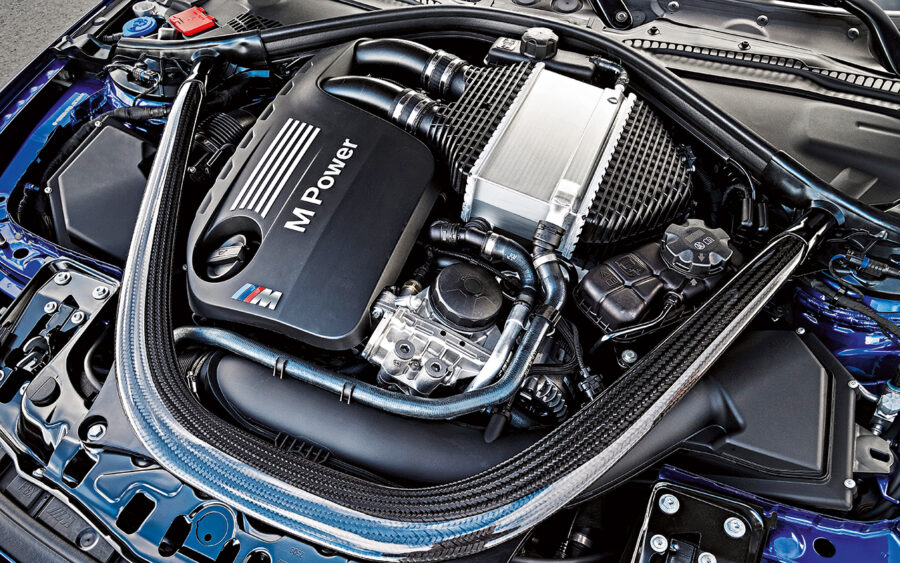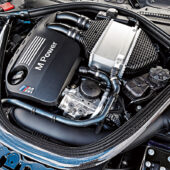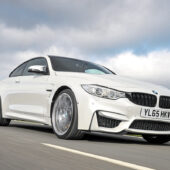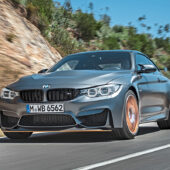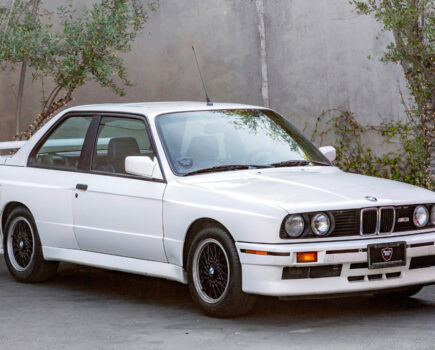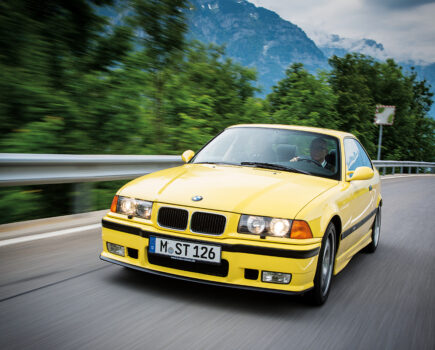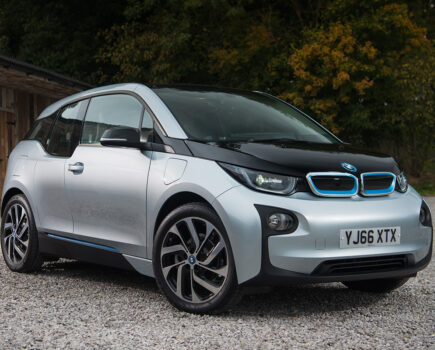Here’s your guide to the inner workings of the mighty BMW S55 twin-turbo straight-six engine
Words: Elizabeth de Latour
The S55 was introduced in 2014 in the F80 M3 and F82 M4 models, based on the single-turbo N55 but with a raft of changes on board. Since its launch, it has found its way into the F87 M2 Competition in a slightly de-tuned form, as well as in slightly higher states of tune in the Competition and CS versions of the M3 and M4, while the hottest version was fitted in the M4 GTS.
After almost 30 years of high-revving, naturally aspirated engines spread across four generations of M3, with fours, sixes and eights found beneath their bonnets, the move to turbocharged power for the F8x generation of M3 and M4 was never going to be a popular one, but it was inevitable and very much a sign of the times. Spare a thought for both BMW and the S55 – the company and its new engine had an almost impossible act to follow, that being the mighty S65 V8. Enthusiasts were practically lining up to hate on whatever would emerge from BMW M’s labs, so there was a huge amount of pressure to impress and perform.
The S55 that emerged may not have seemed all that impressive at first glance, seeing as it was based on the much-used N55 that had featured in numerous BMWs. However, more than a moment of research revealed just how much work BMW had put in beneath the surface, with 75% of the components coming from the N55 and the remaining 25% having been developed specifically for the S55.
At 84mm and 89.6mm, the bore and stroke are the same as those of the non-M engine giving the S55 the same capacity, but BMW M chose to employ twin turbos as in the earlier N54, as opposed to the single turbo arrangement of the N55, and they are unique to the S55, with a lightweight design and electric wastegates. Rather than going for a huge increase in power, BMW chose to employ a lightweight philosophy for the M3 and M4, managing to save weight over the smaller outgoing model to improve performance and utilising the turbocharged engine’s monster torque rather than opting for a huge increase in power.
The S55 makes just 11hp more than the S65, though it is produced much lower down the rev range between 5500-7300rpm, making it more accessible. The move to forced induction did mean that the S55 was rather better endowed than the S65 in the torque department.
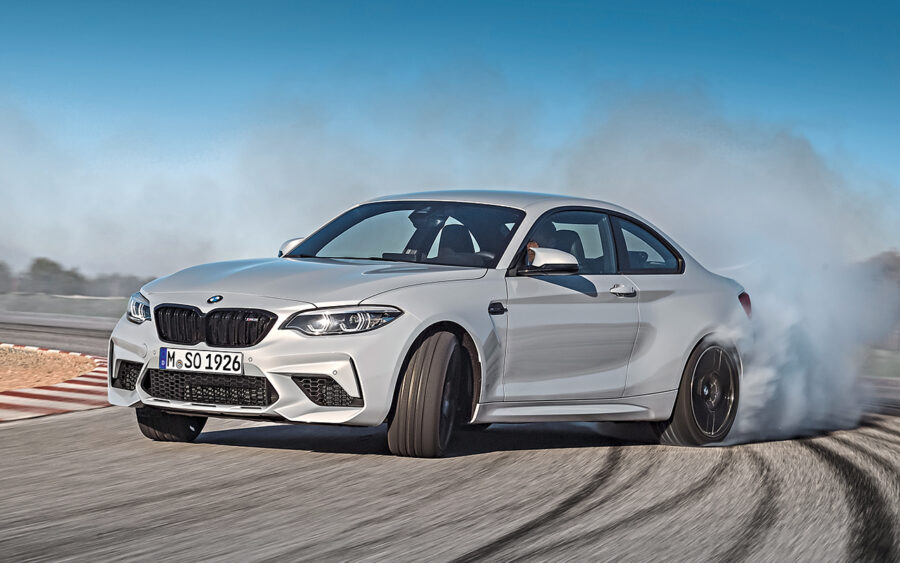
Where the naturally aspirated V8 had to make do with 295lb ft, the same as the N55, the twin-turbo S55 develops a meaty 406lb ft from 1850-5500rpm, giving it some monster mid-range punch. The engine also employs direct injection, Valvetronic, and double-VANOS and uses a closed-deck crankcase design, which increases rigidity and allows cylinder pressure to be increased for maximum power. Instead of cylinder liners, the cylinder bores of the S55 feature a twin wire arc-sprayed coating, which helps reduce engine weight. There’s also a forged, torsionally-rigid crankshaft, which increases torque-carrying capacity and is also lighter, and its reduced rotating mass improves throttle response and acceleration.
The S55 features a high-performance cooling system, with a large chargecooler with additional radiators for the water circuits, turbocharger and transmission oil, while an electric coolant pump cools the turbos when you turn the engine off. The S55 also employs a lightweight magnesium sump that features a special cover to limit the movement of the oil under extreme cornering. Meanwhile, during heavy acceleration and deceleration, an oil extraction pump and sophisticated oil return system located close to the turbocharger help maintain uninterrupted oil circulation.
The exhaust system uses an electronically-controlled flap arrangement located just before the rear silencer that reduces back pressure and delivers a more aggressive exhaust note. The increase in power for both the Competition and CS versions of the M3 and M4 comes courtesy of a remap, but for the M4 GTS, BMW added water injection, which in turn allowed boost pressure to be increased, thus making more power. The icing on the S55 cake is the huge increase in efficiency over the S65 – mated to the DCT gearbox, the S55 puts out just 194g/km of CO2 and can return 34mpg on the combined cycle, making it an exceptionally economical engine for its power output.
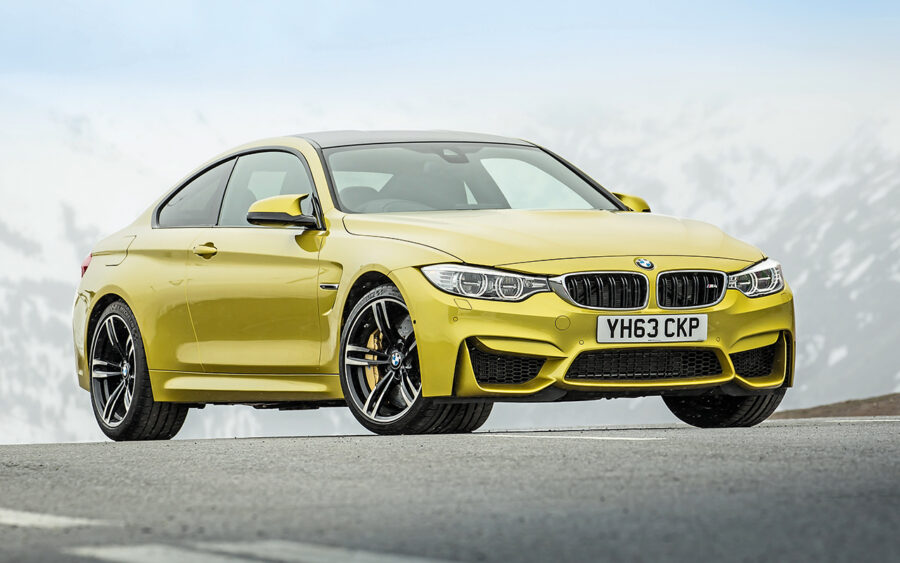
S55 tech specs
S55B30
Capacity: 2979cc
Bore: 84mm
Stroke: 89.6mm
Compression ratio: 10.2:1
Maximum power: 431hp at 5500–7300rpm
Maximum torque: 406lb ft at 1850–5500rpm

